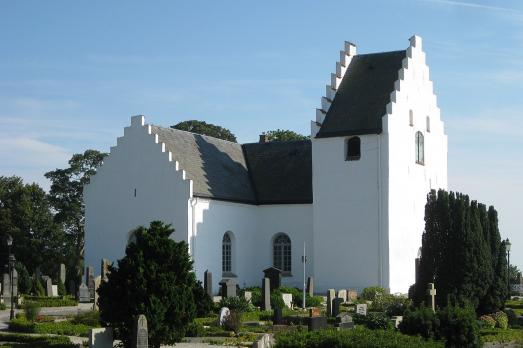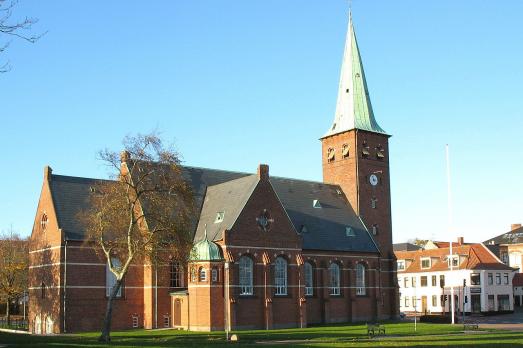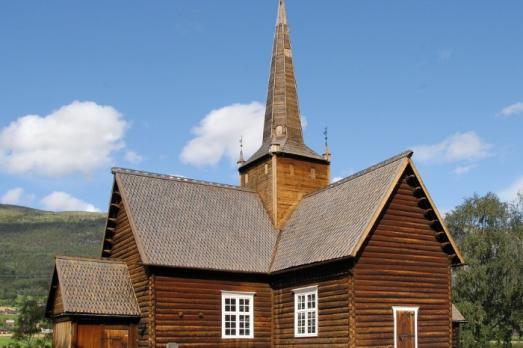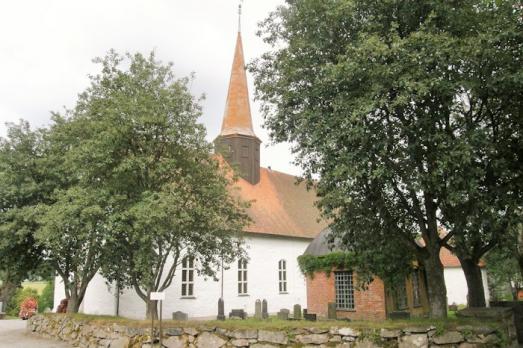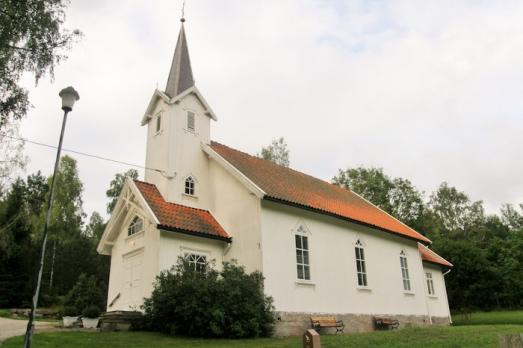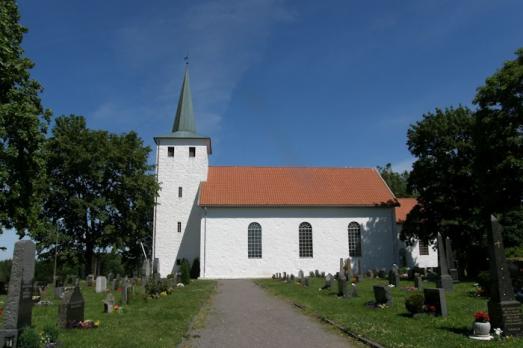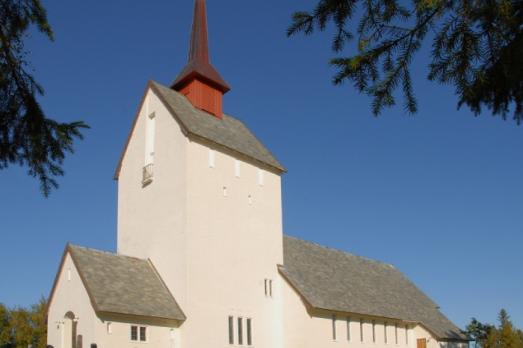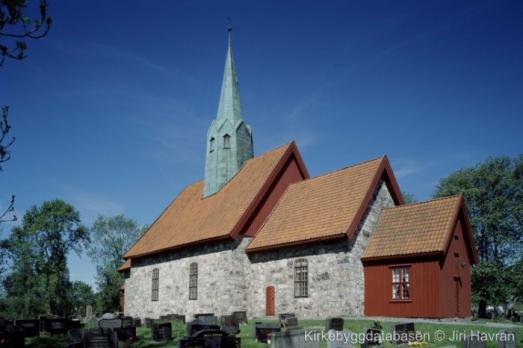
Skiptvet Church
Skiptvet, NO
The church of Skiptvet is a medieval stone church with a rectangular nave and a shorter, lower choir on the right end, to the east. Originally, the church had a bell tower to the west, but the upper part of the tower was demolished. The opening between the ship and the tower was widened after a fire in 1762 so that the base of the tower became an extension of the ship. The choir arch was also originally reduced, but in the 18th century, it was widened to the full width of the choir.
